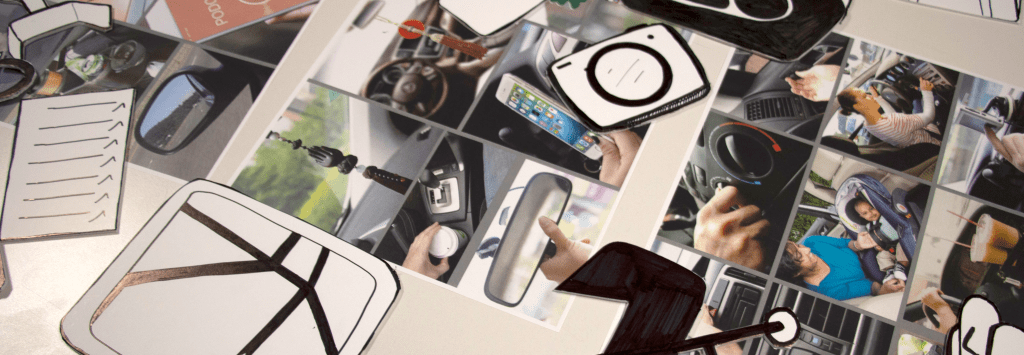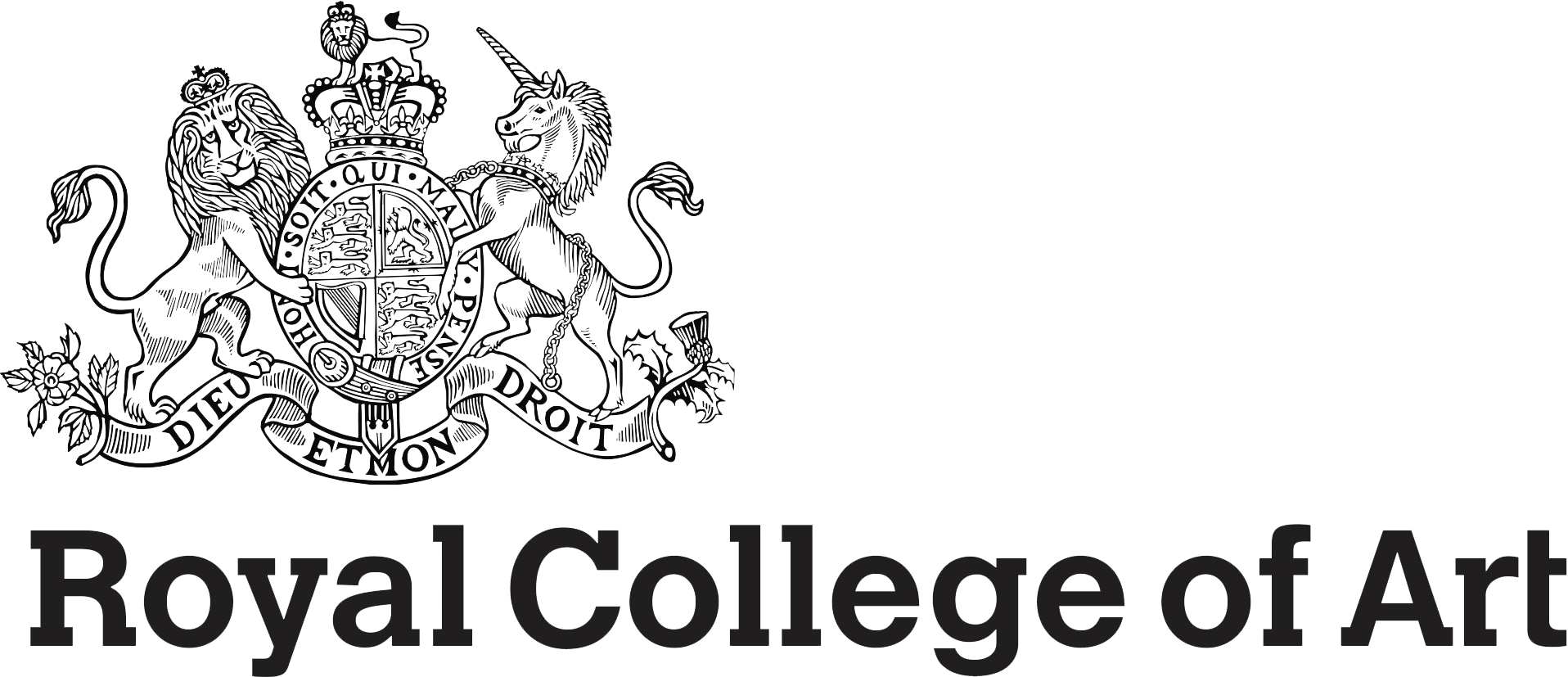8 User Study for Pre-journey Preparation

Inspirational photos of in-vehicle journey preparation rituals on a table in the workshop.
We conducted three consecutive user engagement workshops after gathering public feedback on the concepts demonstrated through the videos and interactive displays that we exhibited at the London Design Festival 2018. This was to allow us to conduct research into people’s driving related rituals and user test the prototypes we had made.
Our first workshop focused on the sequence of actions and placement of objects that people perform in preparation for driving, particularly in the context of vehicle-sharing schemes. To understand what they did we asked the participants to enact their startup rituals using props that we provided.
When using a vehicle-sharing service the first action a user must make after booking the car is to locate, unlock and open it. We asked the participants to physically enact their
Participants constructing their personal ritual timelines.
In a previous workshop we had designed a startup sequence for a car-sharing scheme, which we made into the video Ready…Steady… Relax, that was shown at the London Design Festival. In the last session we showed participants the video in order to provide context and conversation topics for further workshop activities. After this, they constructed a timeline of their personal rituals using illustrated cards that represented various objects or actions that could be associated with a startup sequence. Firstly, they marked the start and finish times, then arranged the cards sequentially along the timeline according to what actions were involved and at what points. The sequence designed for the video was simpler than those constructed by the participants. They mostly agreed with the actions and procedures displayed in our video, but enjoyed adding their own personal ritual activities.
Participants building mobility ritual timelines using the object and action cards.
We asked if they would like a service such as this in a vehicle-sharing scheme. They responded positively and saw the potential for having it, but only if it was provided in a non-intrusive way. There were concerns expressed about how they would interact and communicate with the vehicle, with ‘being told what to do’ strongly disliked. It was also mentioned that clarification of the icons used in the workshop for building the personal timelines was needed.
We imagined that this service would be realised through the use of apps, lighting and sound. The user would download the app at home which would enable them to locate the vehicle and guide them towards it, whilst the cars lights would be activated when they are close to it. The app would also allow them to open and unlock the vehicle. Lighting inside the car would suggest how they place their possessions while sound would confirm that their smartphone is connected. The car would have the capability to physically adapt to the user as it has access to biometric data regarding their physique and preferred driving position in the car, which could take place before they arrive. The vehicle would safety check itself to be ready-to-drive, a screen would light up with options for both entertainment and navigation, which would disappear if unactivated. The last preparation before taking off on their journey would be to take a moment, prompted by ambient lighting, creating a sense of calm before driving.
Previous Chapter
Next Chapter
